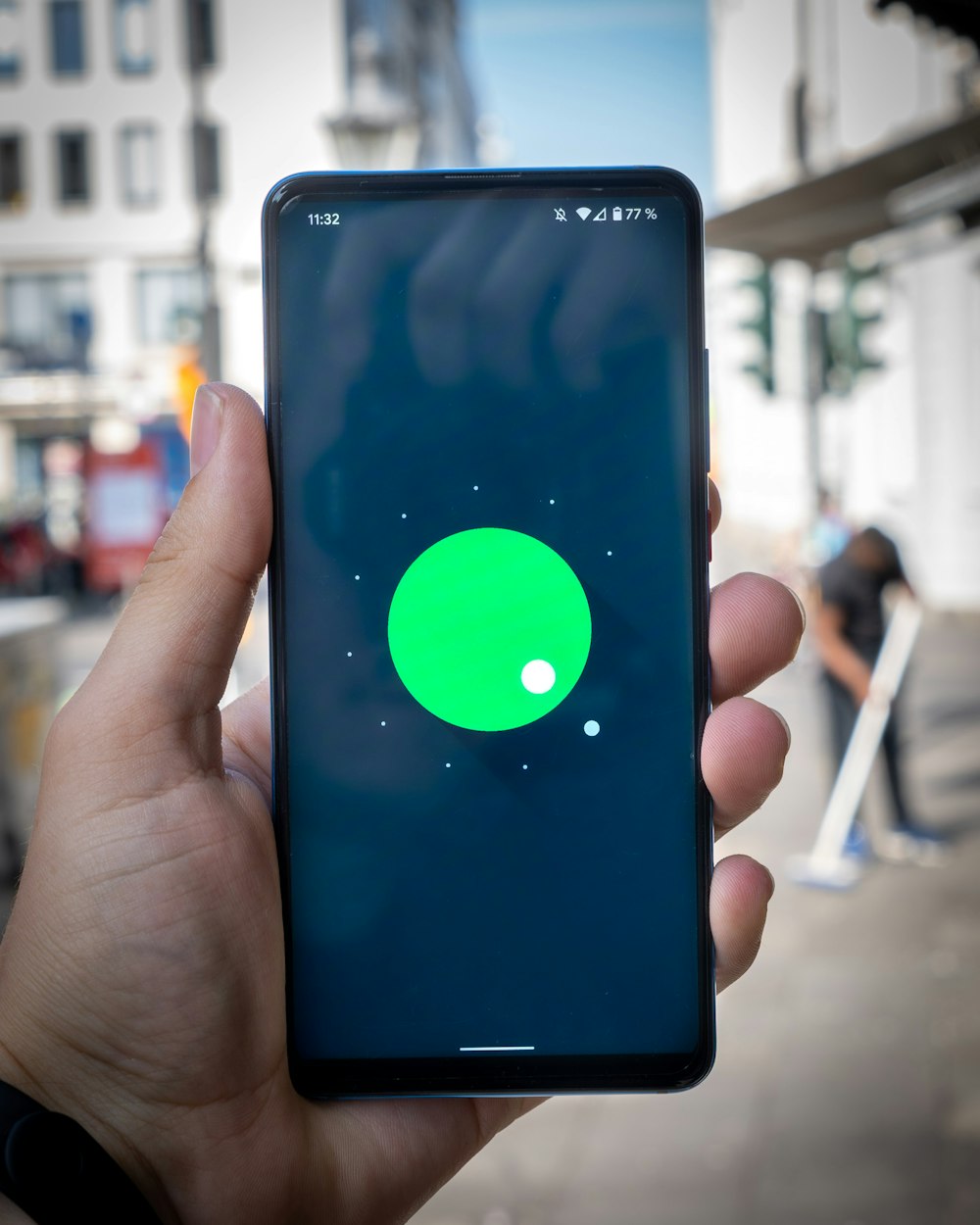These Are the New Features in Google's New Android 11 Version
Again New Useful Updates from Google
📅 2020.09.23 - 👤 Borbély Viktor
In recent days, to the great joy of Android phone users, Google’s new operating system arrived: with code name Android 11, new features for users. I go through these in the article.
As analyzed in the GSMArena.com article, Google delighted with numerous innovations in this year’s update. However, for now only Pixel 2 and above mobile owners can rejoice. But as it usually happens, updates will soon arrive for other manufacturers’ devices.
Conversations, Chat Bubbles, Media Controls
Conversations
Android has always had an excellent notification system, but the current innovation puts a real big gun in your hands. Among the new features, this Conversations function will have a really significant impact on the message notification system if you send and receive many messages.
Systems before Android 11 made no distinction between messaging apps and other apps. This means that if someone wanted to contact you, they had to share with media controls, app update notifications, spam messages from games, and everything else your phone threw up. Obviously this is not ideal for most of us, as incoming messages have higher priority than other notifications.
This is solved by this innovation, which displays everything that is communication in the top notification section. Of course, the reply option is also accessible from here without opening the app.
Not all applications use this mode yet, as this requires an update from developers in the application.
Our most frequently used apps that we use for sharing can be pinned to a top bar, making access even faster. So we don’t have to constantly search for our apps in a long list.
Some applications could also be added manually that wouldn’t have appeared in this section at first.
Chat Bubbles
An extension of the previous innovation is Chat Bubbles, which resemble the floating Chat heads already familiar from Messenger. This function must be enabled (not in the simplest way) in Settings at the app’s notification channel settings. Additional settings are also possible here: once, forever, or never enabled.
This function will surely improve multi-tasking.
Probably, this will be a favorite new feature for users.
Media Controls
With the rewriting of notifications, this couldn’t be left out either. Previously, the operating system handled the control interfaces of various media players quite clumsily. Whenever you started media, a new notification icon appeared. Google tweaked this in Android 11. The control interface has now become part of the Quick Settings panel. This also means it will always be visible above notifications. At first, we get a much more compact view, and with a second swipe you can get to the expanded view.
Another interesting thing is that controls can be swiped horizontally, which saves space and occupies space horizontally instead.
Last in line, the media player panel also received space for easily switching between your devices on which to play music. This includes headphones, Bluetooth devices, or Chromecast. At the same time, volume can also be controlled on this surface, which is great, as the software volume control was missing from Android UI until now, which was only available in Settings.
Phone Permissions, Screen Recorder, Device Controls
Permissions
In recent years, Google has taken significant steps to protect personal data from unauthorized access by applications from other manufacturers.
Among Android 11 news is that it has strong application permission settings. Users can now add permissions to apps on a need basis. For example, if the application requests location data, it’s also possible to grant it for that one occasion, and when we close it, we also revoke the permission from it.
This function works excellently. We more often need to grant a permission once, but afterward we no longer need it.
Then a new question will pop up when the app requests permission. You can deny it; allow it while using the app; or only once. There’s also a fourth mode, which is permanent permission, but this can only be granted separately through the Settings menu, lest you accidentally press it.
The next function doesn’t even exist in iOS: automatic permission reset. If you haven’t used an app for a few months, it revokes the permissions we gave it. Of course, this is also finely adjustable, and exceptions can be specified, such as for smart wristbands, family security apps, etc.
Screen Recording
This is perhaps not big news for OnePlus, Xiaomi, Samsung owners, but finally Android also has a built-in screen recorder. It didn’t invent a great innovation. The recorder icon is accessible by pulling down the Quick Menu, which throws up a menu where additional options can be set. It can be set to record sound from device; from device and microphone; or from nowhere. It records video at 60 FPS, and there’s a touch surface on the screen to stop.
Good function, but it took Google quite a long time to introduce it. Many manufacturers long preceded it in this.
Device Controls
In Android 11, the power button’s function has been completely redesigned. The focus is grouped around smart home devices. The goal was to give smart device controls an easily accessible place.
Privacy Updates and Pixel-Tailored Exclusivities
Respecting privacy is increasingly emphasized at Google too. Almost every week there’s a data leak affecting a major service provider. In such cases, we typically read about the data of several tens to hundreds of millions of users.
More Frequent Security Updates
Among Android 11 news is the frequency of security updates. These will no longer be part of the operating system and can be updated much more frequently. Some phone manufacturers didn’t even send these to devices monthly, but every 2-3 months (in good cases).
Since version 7.0, some devices already had the function that it downloaded the update in the background to a separate storage on the phone, and it automatically installed at the next restart. From now on, every phone gets this, regardless of manufacturer.
Strengthens in Corporate Use
The next useful thing is interesting only for corporate users. With this function, a work profile can be created on our company phone. With this, we can give IT operators access to settings without them accessing any of our personal data. This capability has been in it since version 5.0, but has now been further refined. With Android 11, Google now makes this function available even on company-owned devices, so employees get the same separate workplace and personal profiles as if they owned the device themselves.
Minor Innovations
Emojis Reloaded
Amateurs will rather like it, but emojis have also been renewed. Some new ones were added (see in the image), and the old ones were re-edited. The complete list of changes can be found here.

Final Word
Android 11 doesn’t disappoint in terms of news. Google is making the operating system for mobile phones increasingly convenient. Compared to iOS, it dictates a slightly more conservative tempo, but with its nearly 80% share, it doesn’t need to rush for now and rather plays a security game.
Cover image: Mika Baumeister / Unsplash.com
